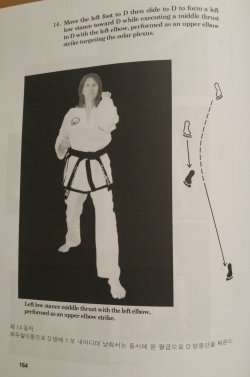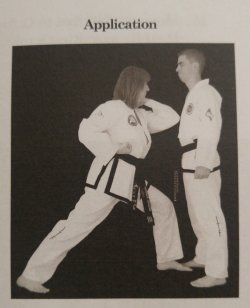BaehrTKD
Green Belt
- Joined
- Dec 16, 2023
- Messages
- 136
- Reaction score
- 19
- Thread Starter
- #61
Correct. It was merged into what we now know as Choong-Jang.I believe the U Nam you are referring to is also called Woo Nam. It is incredibly similar to Choong Jang.
I think it may be a Korean spelling thing. I've noticed significant variety in how things are spelled over the years.
Please note : the correct name is WOO-NAM TUL, not U-NAM TUL.
Example: We say Gwang-Gae. Sometimes the Legacy guide spells it that way, other times they use a "K". My instructor said "G" and "K" are similar in Korean.
Maybe the "U" is pronounced "WOO" in Korean because I've definitely seen it spelled U-Nam before.
Source: Encyclopedia of Taekwondo volume 16.


